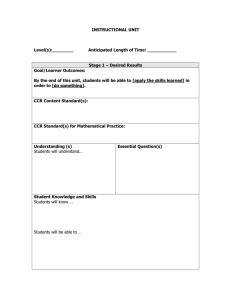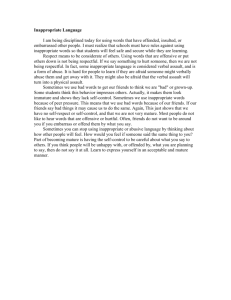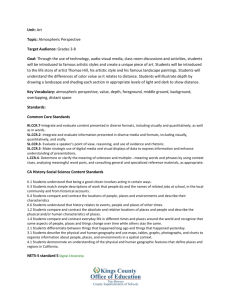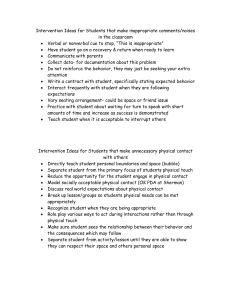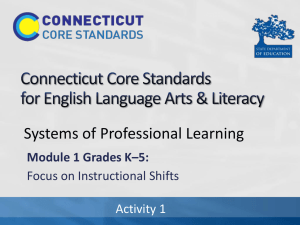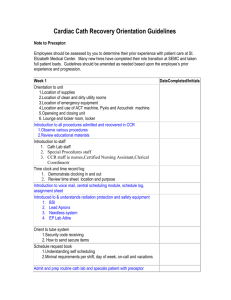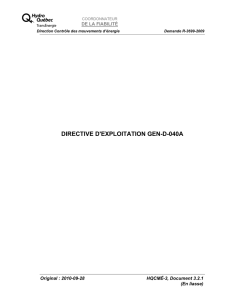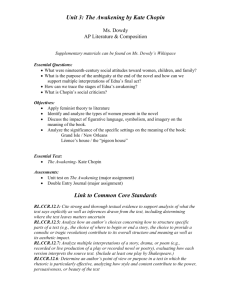child care resource & referral - Lakes & Prairies Community Action
advertisement
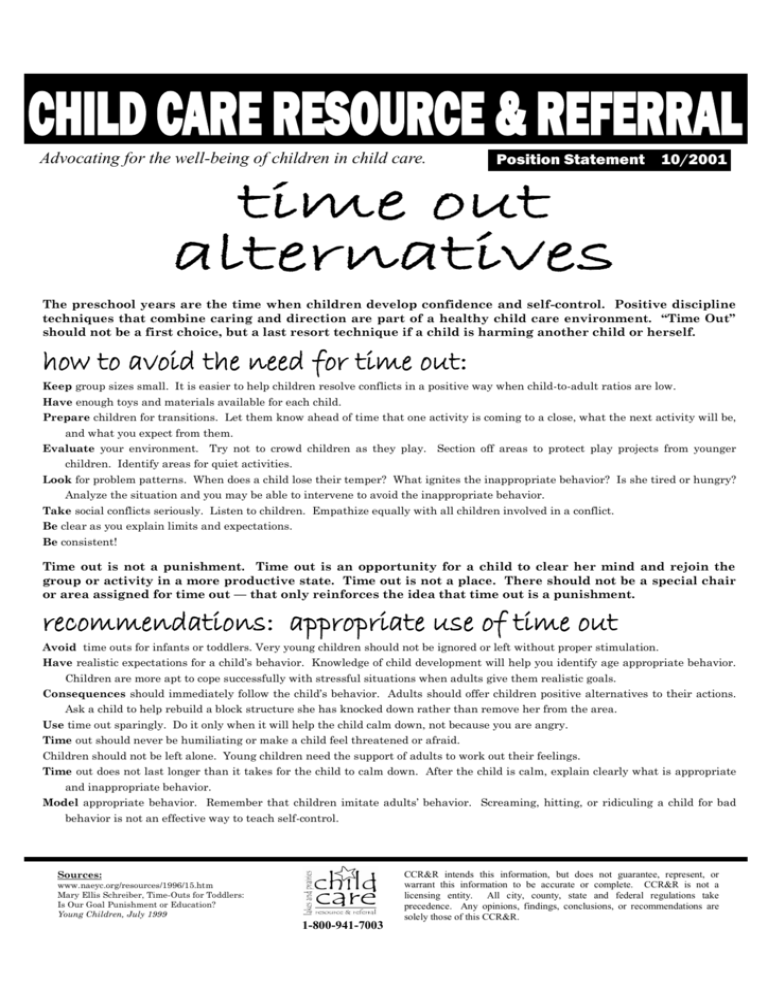
CHILD CARE RESOURCE & REFERRAL Advocating for the well-being of children in child care. Position Statement 10/2001 time out alternatives The preschool years are the time when children develop confidence and self-control. Positive discipline techniques that combine caring and direction are part of a healthy child care environment. “Time Out” should not be a first choice, but a last resort technique if a child is harming another child or herself. how to avoid the need for time out: Keep group sizes small. It is easier to help children resolve conflicts in a positive way when child-to-adult ratios are low. Have enough toys and materials available for each child. Prepare children for transitions. Let them know ahead of time that one activity is coming to a close, what the next activity will be, and what you expect from them. Evaluate your environment. Try not to crowd children as they play. Section off areas to protect play projects from younger children. Identify areas for quiet activities. Look for problem patterns. When does a child lose their temper? What ignites the inappropriate behavior? Is she tired or hungry? Analyze the situation and you may be able to intervene to avoid the inappropriate behavior. Take social conflicts seriously. Listen to children. Empathize equally with all children involved in a conflict. Be clear as you explain limits and expectations. Be consistent! Time out is not a punishment. Time out is an opportunity for a child to clear her mind and rejoin the group or activity in a more productive state. Time out is not a place. There should not be a special chair or area assigned for time out — that only reinforces the idea that time out is a punishment. recommendations: appropriate use of time out Avoid time outs for infants or toddlers. Very young children should not be ignored or left without proper stimulation. Have realistic expectations for a child’s behavior. Knowledge of child development will help you identify age appropriate behavior. Children are more apt to cope successfully with stressful situations when adults give them realistic goals. Consequences should immediately follow the child’s behavior. Adults should offer children positive alternatives to their actions. Ask a child to help rebuild a block structure she has knocked down rather than remove her from the area. Use time out sparingly. Do it only when it will help the child calm down, not because you are angry. Time out should never be humiliating or make a child feel threatened or afraid. Children should not be left alone. Young children need the support of adults to work out their feelings. Time out does not last longer than it takes for the child to calm down. After the child is calm, explain clearly what is appropriate and inappropriate behavior. Model appropriate behavior. Remember that children imitate adults’ behavior. Screaming, hitting, or ridiculing a child for bad behavior is not an effective way to teach self-control. Sources: www.naeyc.org/resources/1996/15.htm Mary Ellis Schreiber, Time-Outs for Toddlers: Is Our Goal Punishment or Education? Young Children, July 1999 1-800-941-7003 CCR&R intends this information, but does not guarantee, represent, or warrant this information to be accurate or complete. CCR&R is not a licensing entity. All city, county, state and federal regulations take precedence. Any opinions, findings, conclusions, or recommendations are solely those of this CCR&R.
